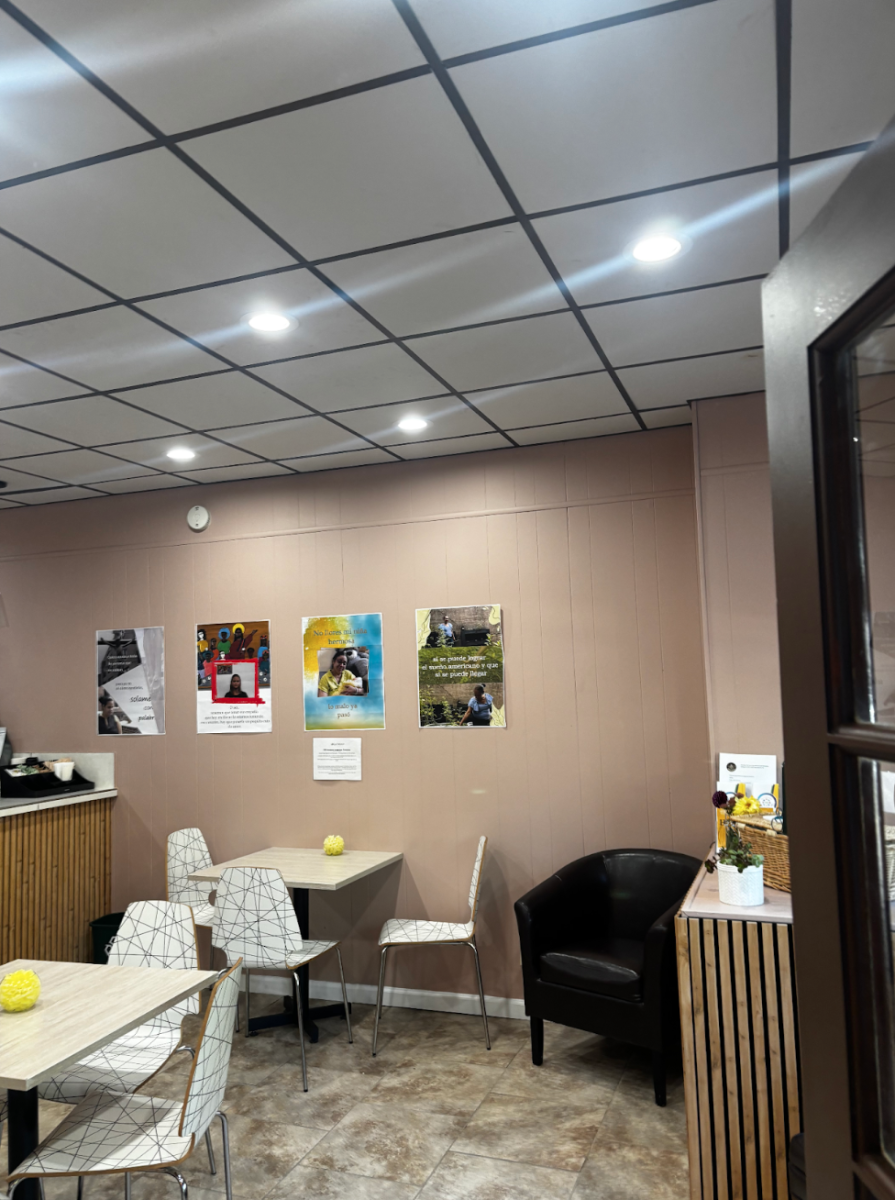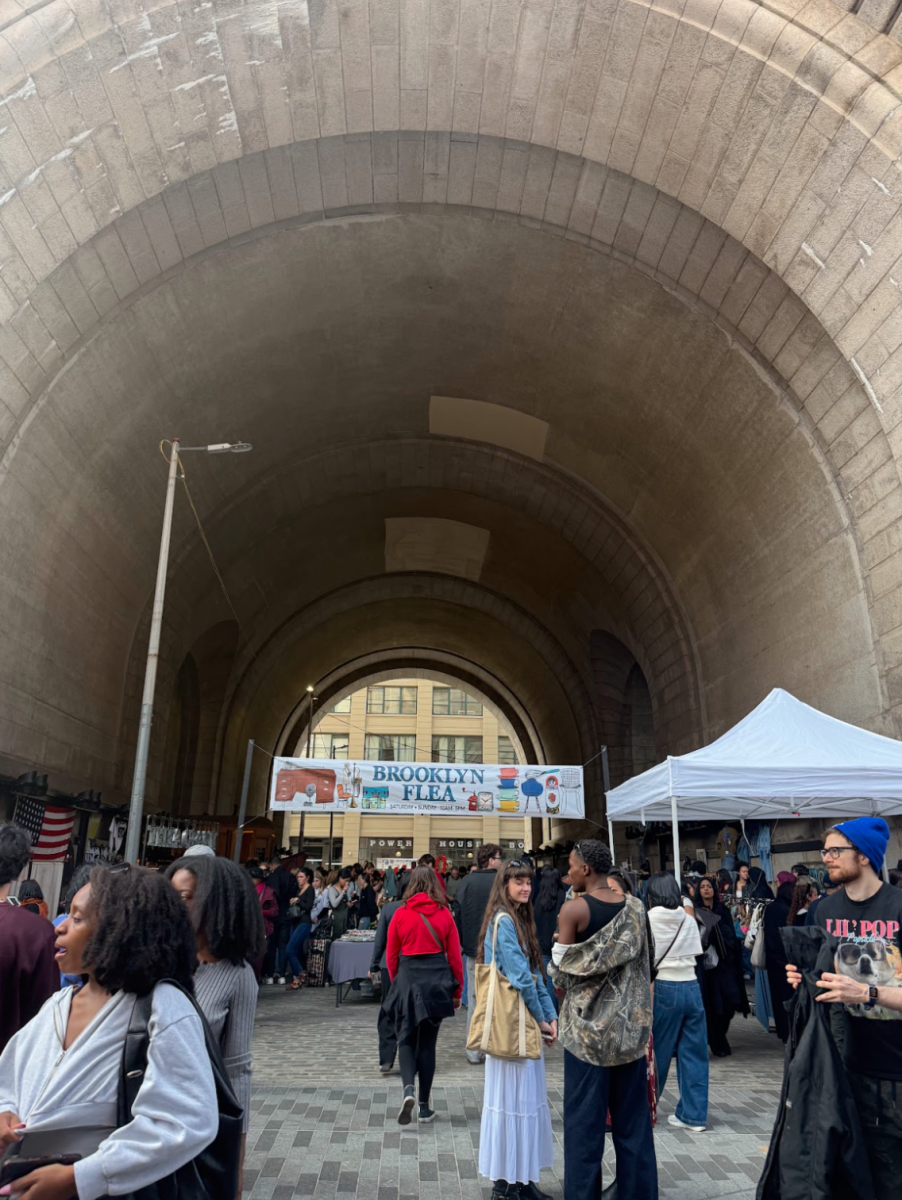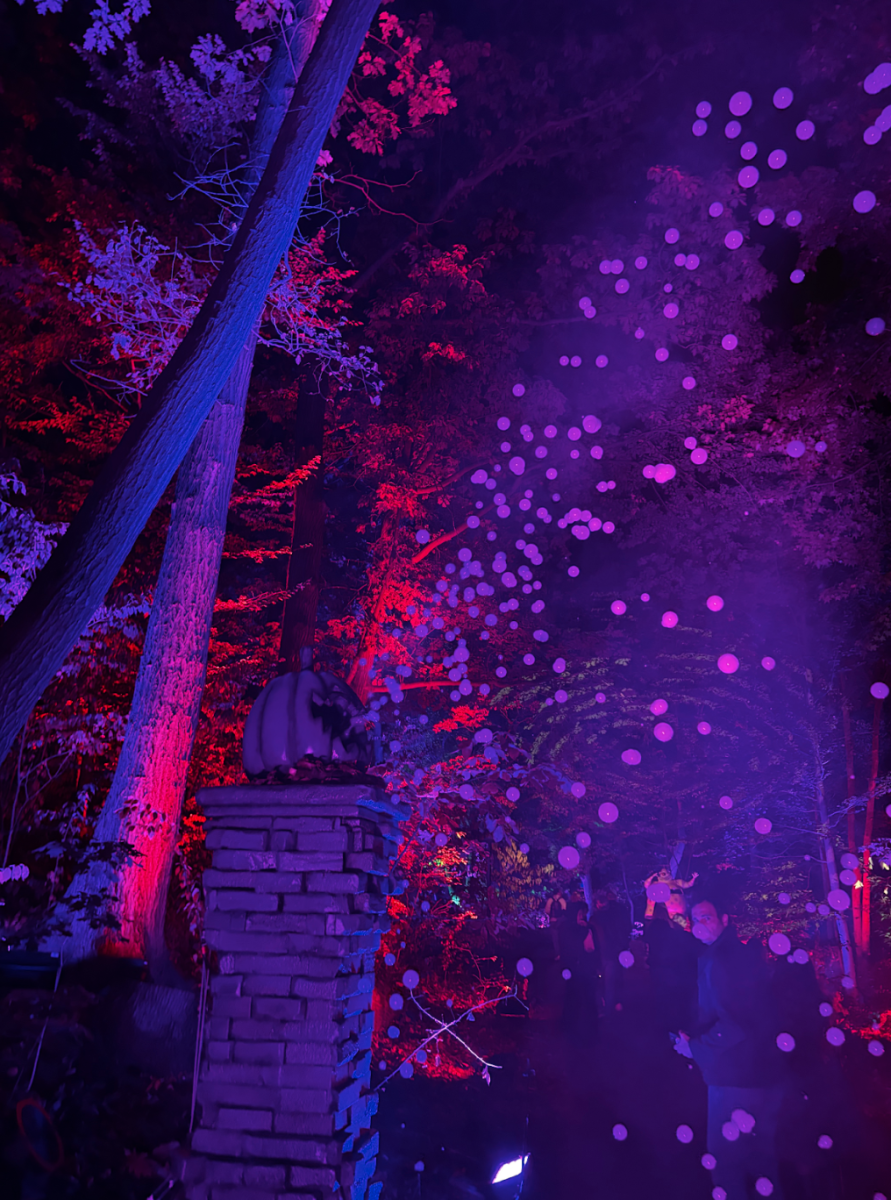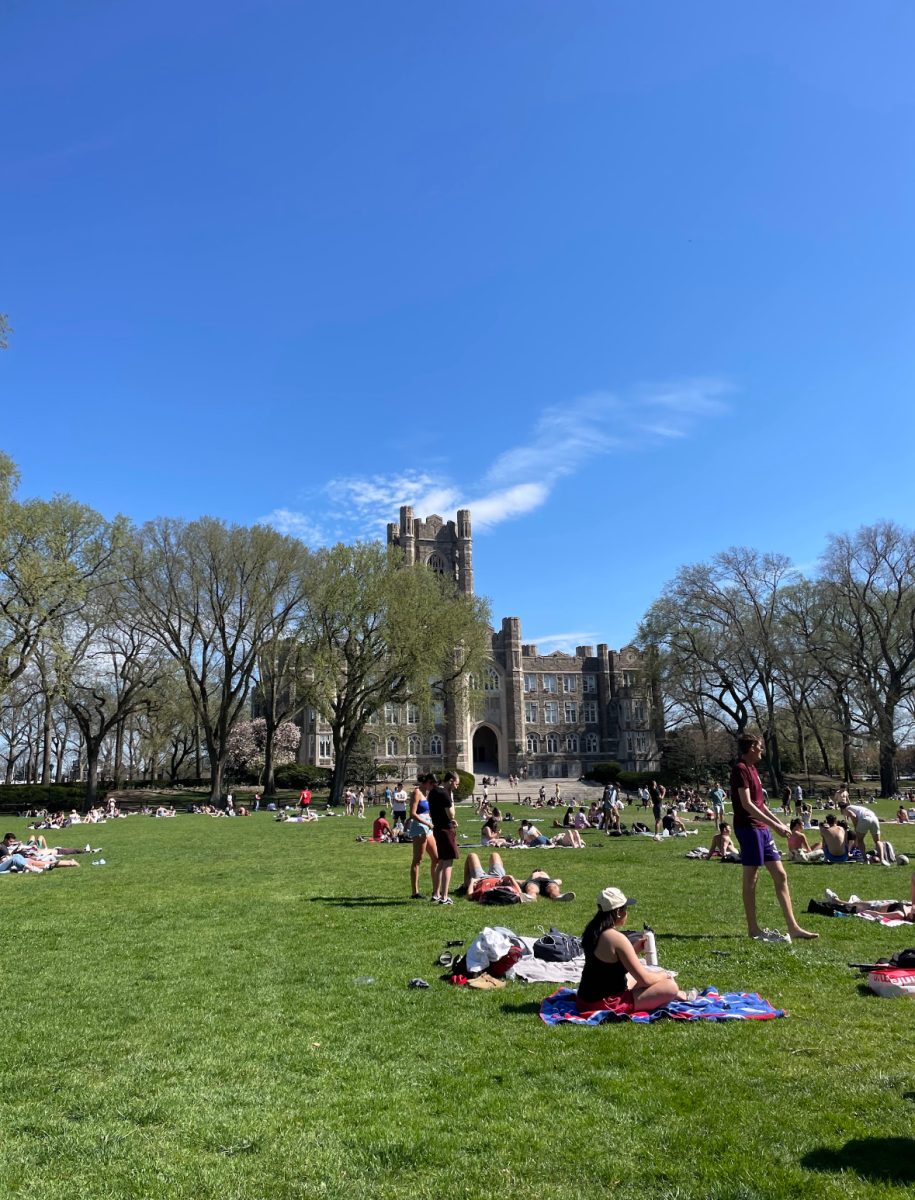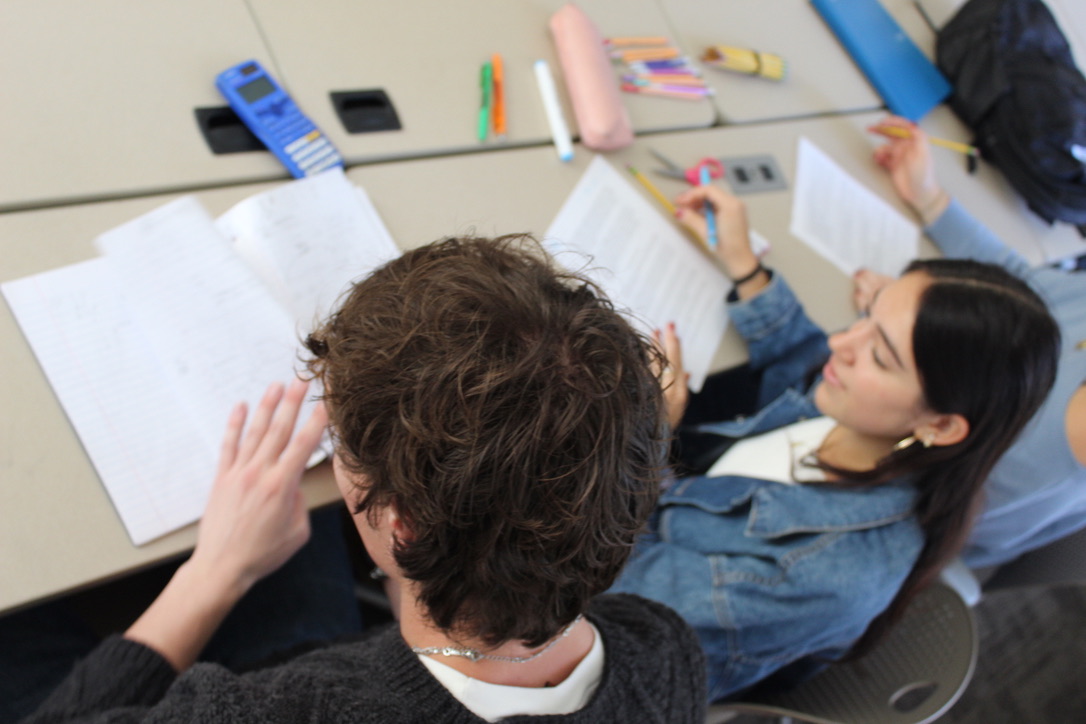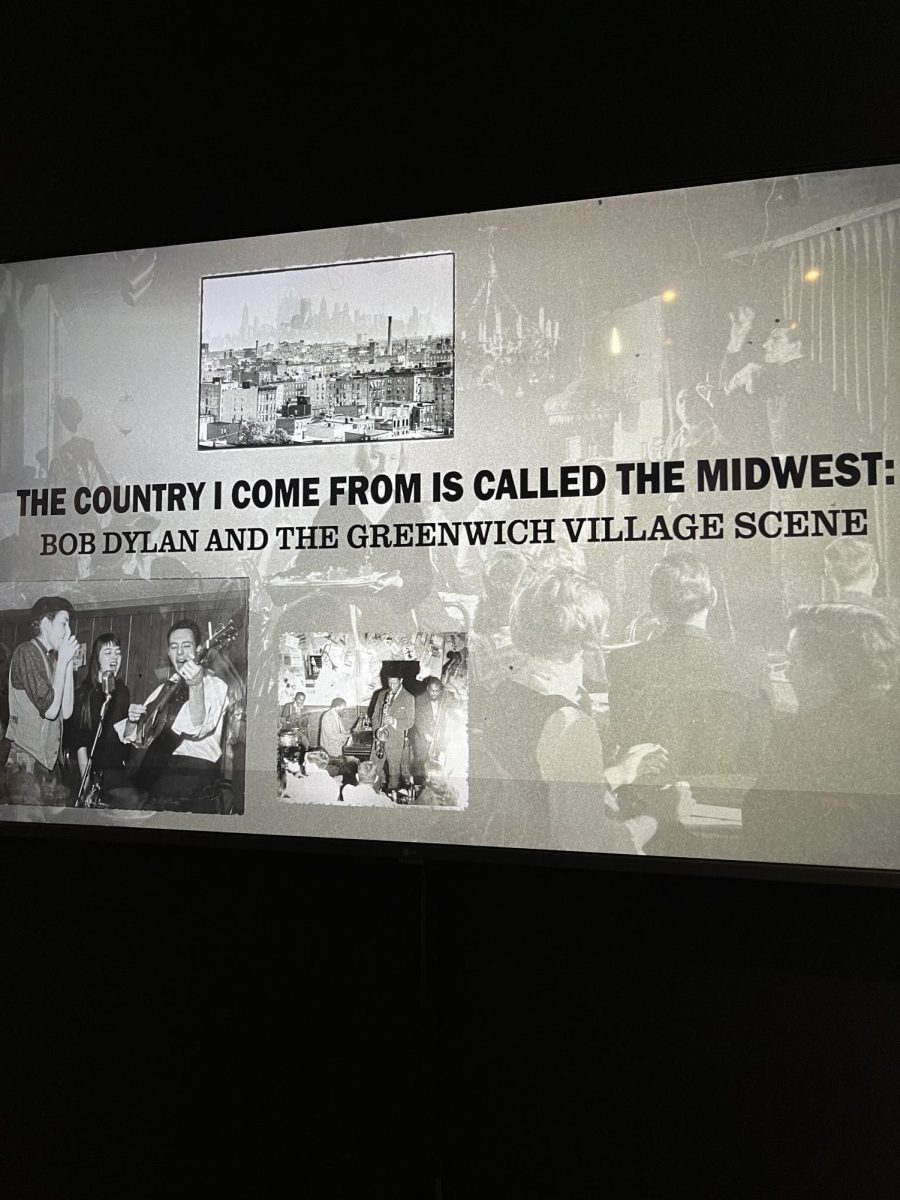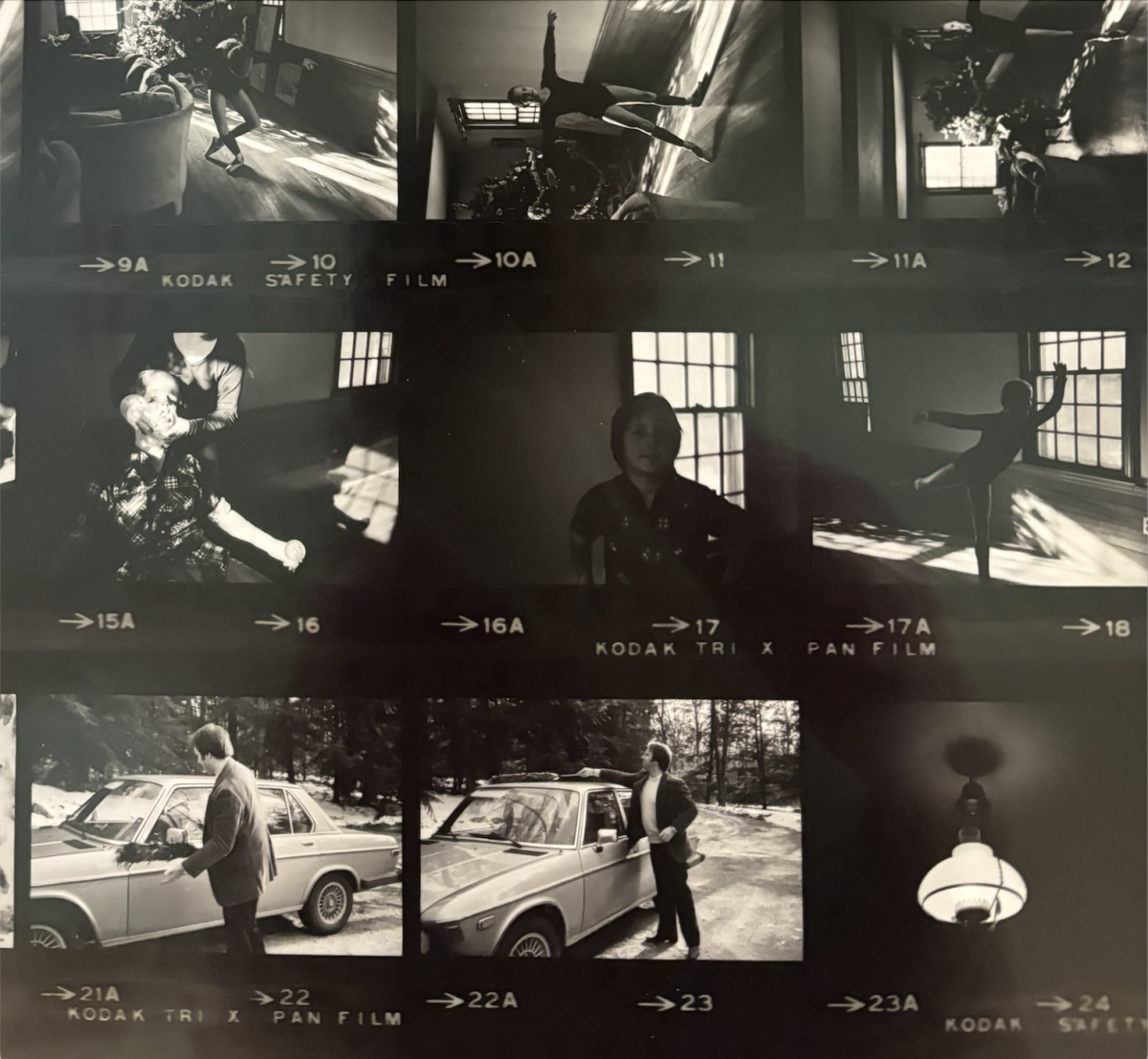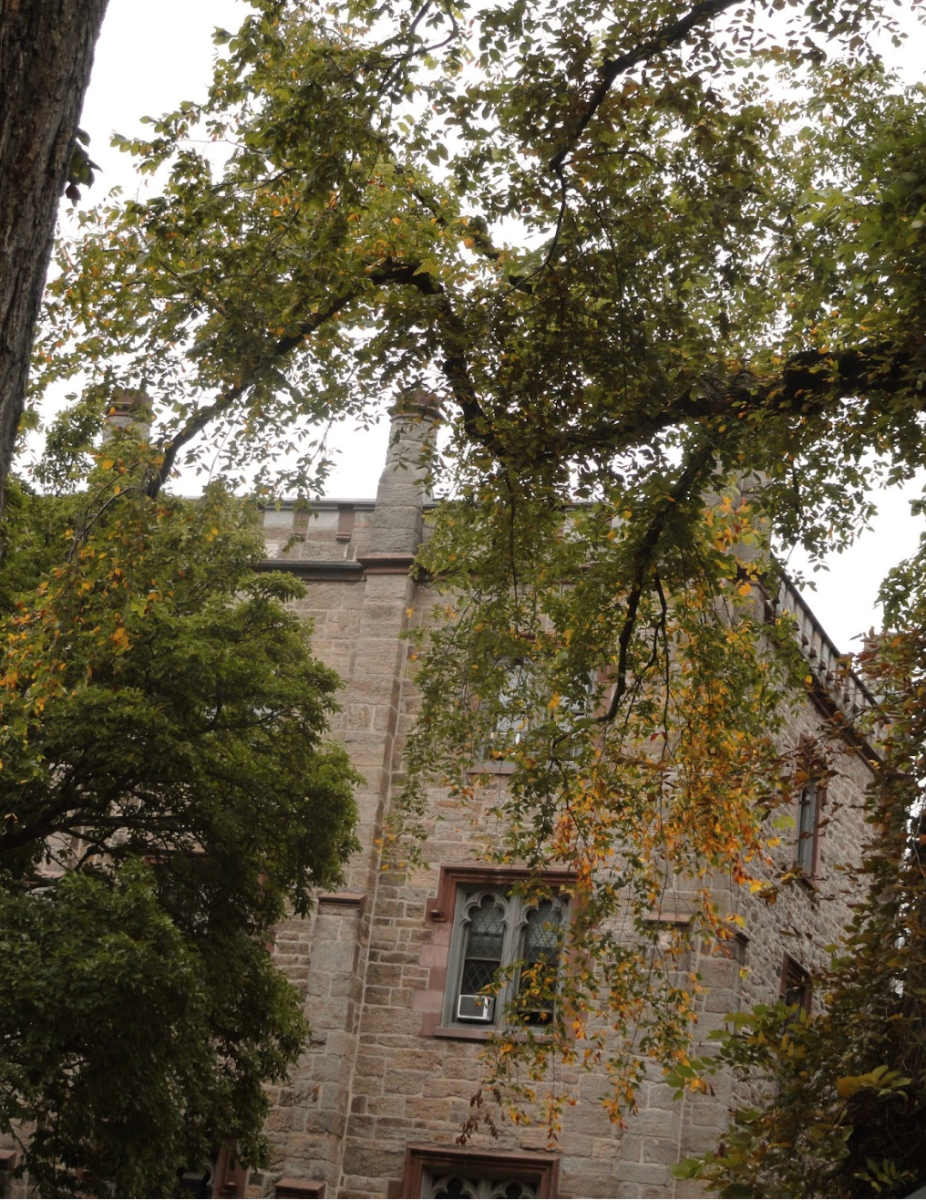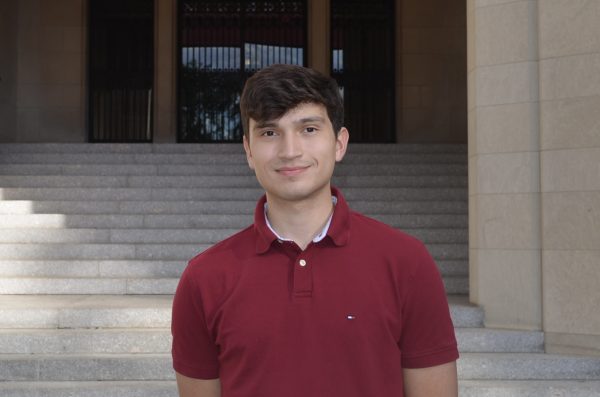The popular Netflix show, “Emily in Paris,” first premiered in October 2020. The show was met with high praise from American viewers and follows Emily Cooper (Lily Collins) as she kicks off her marketing career in Paris. The show highlights many famous and highly esteemed French landmarks, such as the Eiffel Tower, Palais Garnier, Pont Alexandre III and the Place de l’Estrapade of the Latin Quarter.
While “Emily in Paris” depicts many popular tourist attractions, the show has primarily been popular with Americans, who generally hold a stereotypical view of life in France. Many Parisians and French citizens disapproved of the show’s portrayal of work-life in France. Season one of “Emily in Paris” depicts Parisians as laissez-faire in the workplace and portrays the French as significantly lazier, overly romantic, arrogant and morally inferior to Americans.
Additionally, many Parisians feel that the show overlooks significant challenges that French citizens face. The show fails to portray homelessness and environmental problems in the city, creating a false image of Paris for outsiders.
However, this sentiment has since changed among the French and, in particular, the French president, Emmanuel Macron, who endorsed “Emily in Paris.” The start of season five will debut in Rome, but an Economic Times article stated that the French president argues “Emily in Rome” simply doesn’t make sense. However, the real reason sentiment has changed is due to the increase in tourism in Paris — and France as a whole — due to the show. A staggering 10% of tourists reportedly chose France as their destination after watching a movie or show, and over 35% of those cases showed “Emily in Paris” as being a significant contributor to that number.
In addition, France reported an uptick in the number of tourists visiting sites depicted in “Emily in Paris” with companies and websites highlighting popular destinations in Paris as shown in the Netflix series. Therefore, it seems that the tourism boost France is experiencing is largely due to the popularity of “Emily in Paris” and the romanticism of Parisian scenery and culture.
“Emily in Paris” is not the only show that has contributed to a city’s rise in tourism. Sylvester Stallone’s “Tulsa King,” currently in its second season on Paramount Plus, has contributed significantly to the boost in tourism in the city of Tulsa, Oklahoma.
“Tulsa King” follows Dwight Manfredi (Stallone) after his release from prison. Upon his release, the mob family he works for orders him to set up shop in Tulsa. At first, Manfredi is disgusted with the idea of moving to Tulsa. However, as the show depicts him growing his overly friendly, family-oriented and unorthodox mob empire, it also demonstrates Manfredi’s growing love for Tulsa and its culture.
Manfredi highlights how a New York City-born man can learn to appreciate and make Southern culture his own. This sentiment boosted tourism in Tulsa. Tulsa Regional Chamber vice president for tourism, Renee McKenney, discussed how sites such as the Center of the Universe shown on “Tusla King” have motivated people to see these sites in person.
Other sites and attractions that have been highlighted in Tulsa King include The Golden Driller, The Woody Guthrie Center, the Mayo Hotel and South Boston Avenue. Attractions like the Mayo Hotel have housed guests such as Elvis Presley and John F. Kennedy. Like “Emily in Paris,” these depictions and short history lessons from websites highlighting sites and attractions in Tulsa have had an enormous impact on tourism in the region.
Moreover, the tourism boost has had a huge impact on Tulsa’s economy. In a smaller, much more secondary city like Tulsa, this economic impact has been extremely positive. Tourism revenue at the end of 2022 after “Tulsa King”’s debut reported a 12% increase in revenue from the year prior. Although this could also be part of looser COVID-19 regulations that started to take place in 2022, many officials still believe “Tulsa King” is part of this spike.
Although French citizens, and Parisians in particular, may not be fond of the portrayal of Paris that “Emily in Paris” presents, the French economy has unequivocally benefited from the show. In Tulsa, the benefits have been similar because of Stallone’s “Tulsa King,” and tourism will likely continue to flourish because of it. Therefore, regardless of the feelings of French citizens, and perhaps some Tulsa citizens as well, the economic impact from these shows simply cannot be understated.






































































































































































































